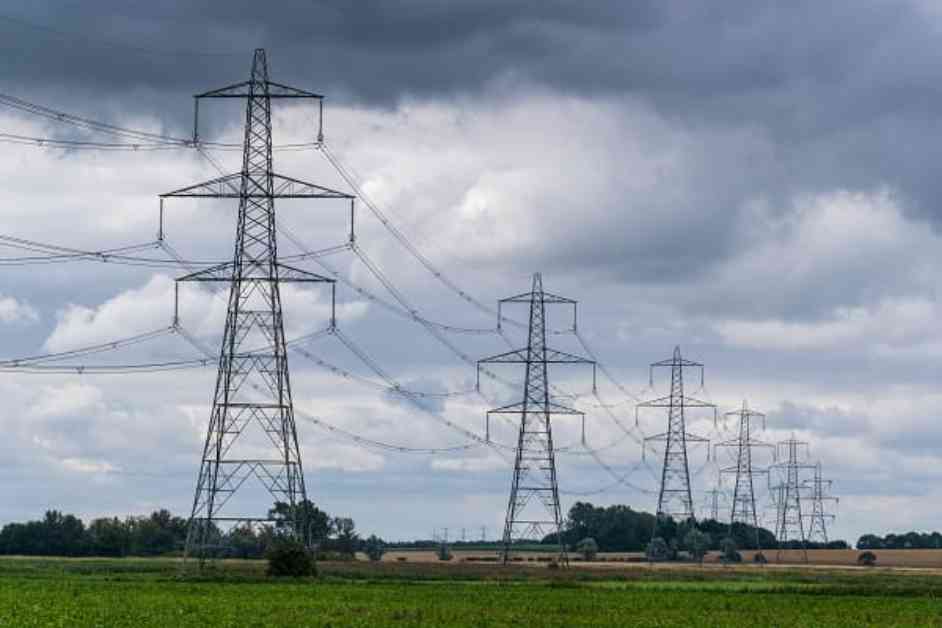Nigel Farage, the leader of Reform UK, has strongly criticized Labour’s proposal for a 114-mile pylon plan, calling it an “absolute disaster” for the landscapes of the UK. The plan, put forth by National Grid, aims to install tall pylons to transmit green energy from wind farms in Norwich to Tilbury. According to National Grid, this network of pylons is the most financially feasible option to transfer electricity from the east coast to London by 2030.
Farage’s opposition to the plan is clear as he stated, “The whole thing is a nonsense, I think we are despoiling our landscapes and seascapes for a form of energy that is utterly unreliable.” His concerns are shared by many, including Green co-leader Adrian Ramsay and other MPs who are against the construction of 50-meter pylons across the countryside in East Anglia.
In response to the criticism, Tom McGarry from National Grid explained, “If it was cheaper and quicker to deliver it off-shore, then that’s what we would be proposing, but it is not. We have to deliver this by 2030.” The Department for Energy Security and Net Zero (DESNZ) also weighed in, emphasizing the importance of improving infrastructure to secure Britain’s clean energy future.
Expert Insights on Renewable Energy Infrastructure
Renewable energy infrastructure is a crucial component of the transition towards a more sustainable future. Experts in the field stress the significance of balancing environmental concerns with the need for reliable energy sources. According to Dr. Emily Patel, a leading researcher in renewable energy technologies, “While it is essential to consider the impact of infrastructure projects on landscapes and communities, we must also prioritize the urgent transition to cleaner energy sources to combat climate change.”
Dr. Patel’s insights shed light on the complexities involved in planning and implementing renewable energy projects. The challenge lies in finding solutions that meet both environmental and energy needs, a delicate balance that requires careful consideration and collaboration across various sectors.
Community Engagement and Clean Energy
One key aspect of sustainable energy development is community engagement. As the DESNZ spokesperson pointed out, it is crucial to involve local communities in the decision-making process and ensure that they benefit from new clean energy infrastructure. This approach not only fosters support for renewable energy projects but also helps build a more inclusive and equitable energy system.
Engaging with communities near proposed infrastructure sites can lead to innovative solutions that address local concerns and maximize the benefits of clean energy initiatives. By listening to the voices of residents and working collaboratively with stakeholders, policymakers can create a more sustainable energy future that meets the needs of both people and the planet.
In conclusion, the debate surrounding Labour’s pylon plan highlights the complex interplay between energy, environment, and community interests. As the UK navigates its transition to a cleaner energy system, it is essential to consider diverse perspectives and strive for solutions that are both environmentally responsible and socially equitable. By engaging in constructive dialogue and seeking common ground, we can pave the way for a more sustainable and resilient energy future for all.




